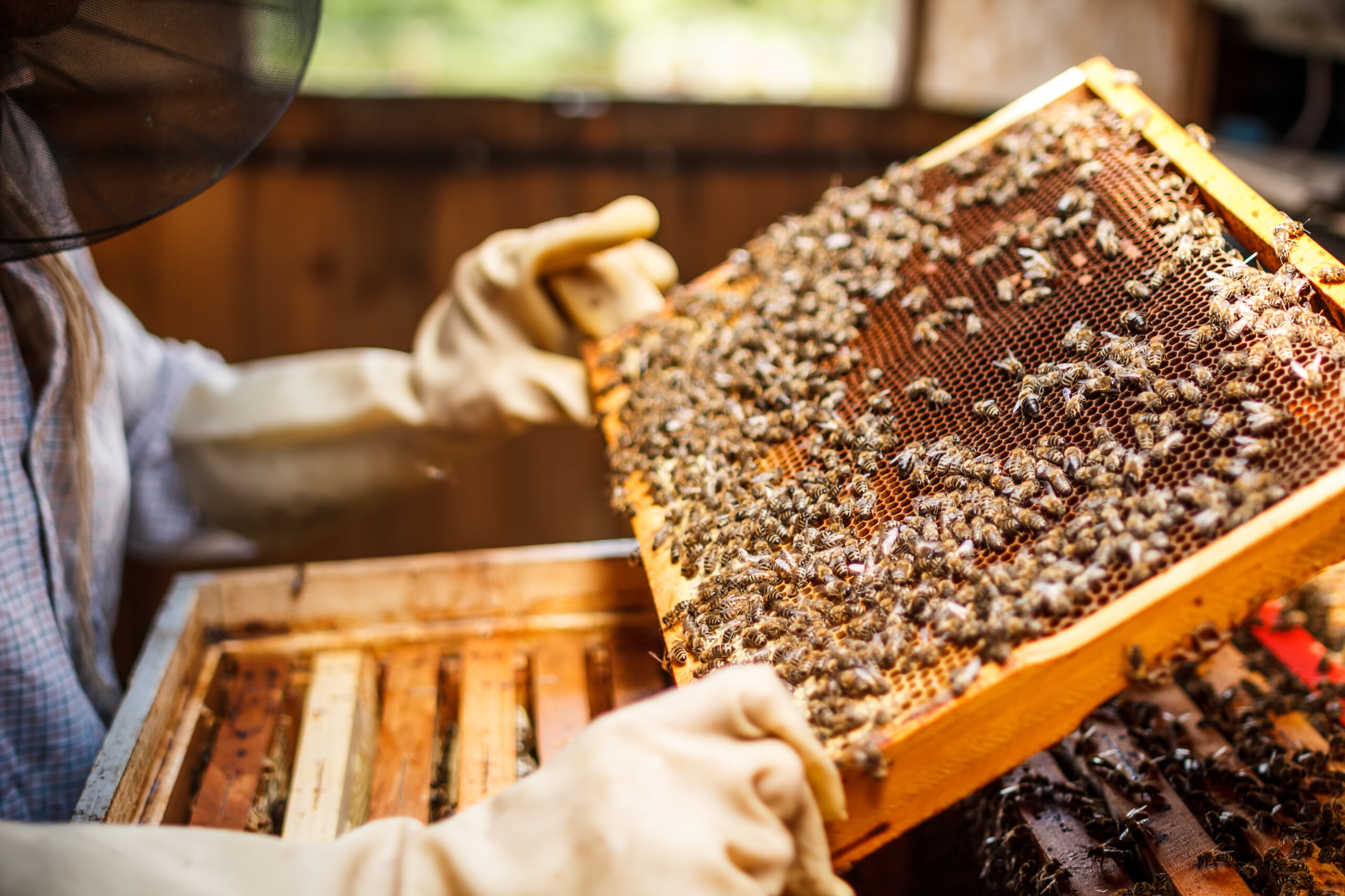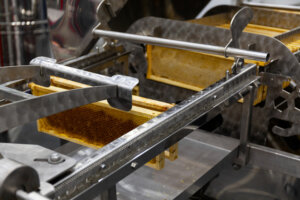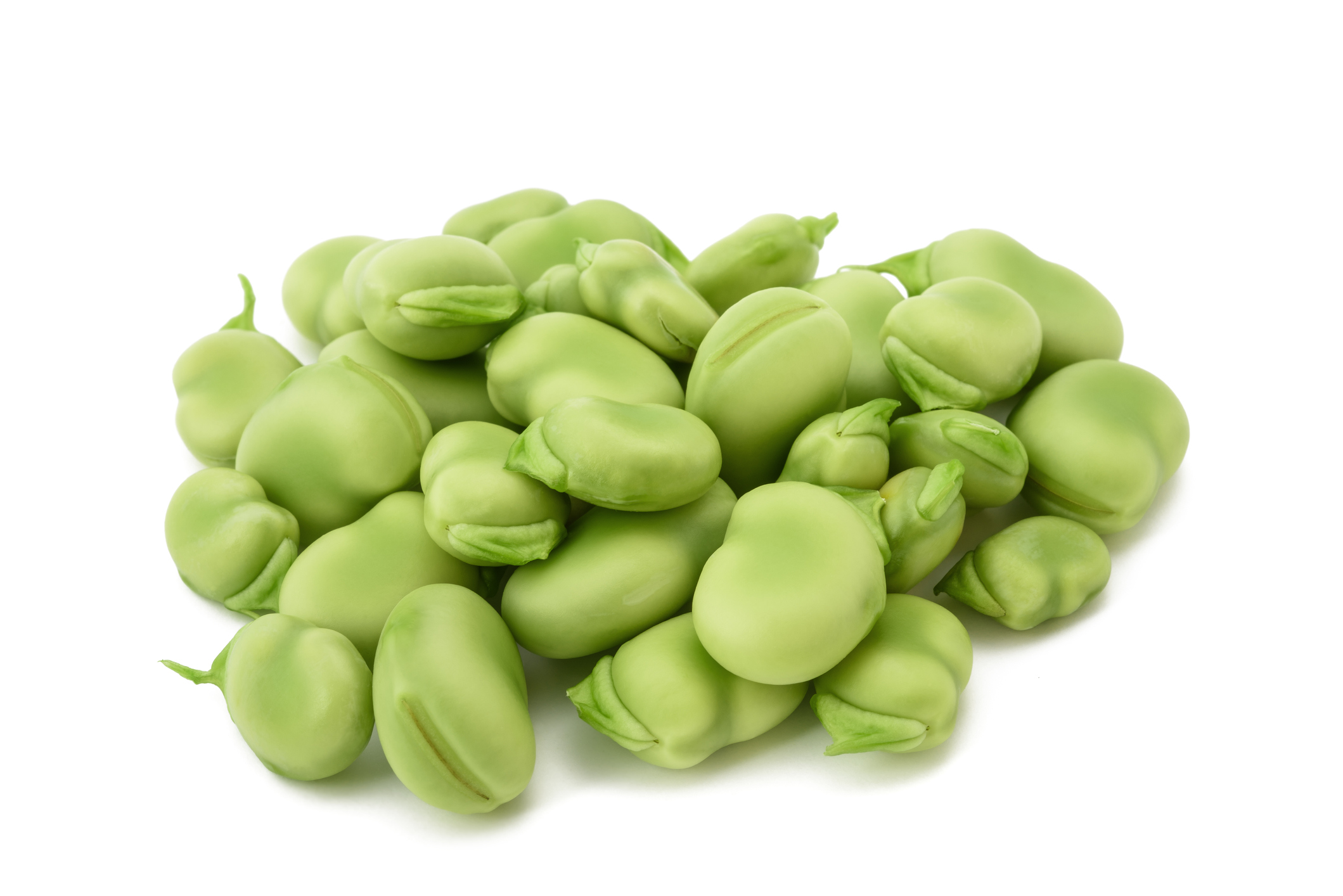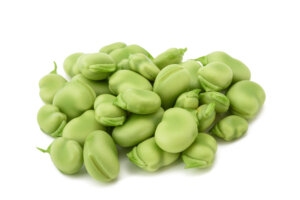
New Zealand
https://www.interest.co.nz/rural-news/106267/allan-barber-reviews-two-alternate-visions-primary-sector-finding-koi-tu-reports
[su_divider top=”no” divider_color=”#726c6d” margin=”5″]
https://www.tvnz.co.nz/one-news/new-zealand/farmers-doubtful-government-plans-keep-industry-afloat
[su_divider top=”no” divider_color=”#726c6d” margin=”5″]
https://www.interest.co.nz/rural-news/106264/guy-trafford-welcomes-new-focus-encouraging-employment-agricultural-sector-he
[su_divider top=”no” divider_color=”#726c6d” margin=”5″]
https://www.farminglife.com/country-and-farming/lady-ritchie-urges-stronger-role-food-standards-watchdog-2929810
[su_divider top=”no” divider_color=”#726c6d” margin=”5″]
https://www.stuff.co.nz/environment/climate-news/122266409/uncertain-fate-for-cash-raised-in-emissions-auctions
[su_divider top=”no” divider_color=”#726c6d” margin=”5″]
Australia
https://www.abc.net.au/radio/newcastle/programs/mornings/future-of-agriculture/12511582
[su_divider top=”no” divider_color=”#726c6d” margin=”5″]
https://ipolitics.ca/2020/07/27/the-sprout-canada-and-australia-reach-partial-agreement-following-wto-wine-sales-challenge/
[su_divider top=”no” divider_color=”#726c6d” margin=”5″]
https://www.interest.co.nz/rural-news/106248/china-moves-drive-wedge-between-australia-and-new-zealand-shifting-its
[su_divider top=”no” divider_color=”#726c6d” margin=”5″]
https://www.abc.net.au/news/rural/2020-07-31/australian-agriiculture-needs-more-indeigenous-graduates/12501896
[su_divider top=”no” divider_color=”#726c6d” margin=”5″]
https://www.abc.net.au/news/rural/2020-07-30/farm-labour-shortage-feared-due-to-coronavirus-controls/12504802
[su_divider top=”no” divider_color=”#726c6d” margin=”5″]
https://www.abc.net.au/news/rural/2020-08-02/bees-almond-pollination-coronavirus-borders/12510556
[su_divider top=”no” divider_color=”#726c6d” margin=”5″]
https://www.farmweekly.com.au/story/6855362/shake-up-for-sop-producer-board/
[su_divider top=”no” divider_color=”#726c6d” margin=”5″]
https://www.abc.net.au/news/rural/2020-07-29/bushfires-soil-peat-australian-summer-climate-change/12504760
[su_divider top=”no” divider_color=”#726c6d” margin=”5″]
https://www.seymourtelegraph.com.au/rural-news/2020/08/02/1480268/organic-products-now-easier-to-export-to-japan
[su_divider top=”no” divider_color=”#726c6d” margin=”5″]
South America
https://en.mercopress.com/2020/07/27/argentina-ready-to-launch-satellite-to-monitor-logging-of-native-forests-mainly-in-chaco
[su_divider top=”no” divider_color=”#726c6d” margin=”5″]
https://www.forbes.com/sites/daphneewingchow/2020/07/31/a-shift-to-plant-based-diets-would-create-19-million-jobs-in-latin-america–the-caribbean/
[su_divider top=”no” divider_color=”#726c6d” margin=”5″]
https://www.agriculture.com/markets/newswire/argentina-nears-china-hog-deal-it-hopes-could-turbocharge-local-pork-production
[su_divider top=”no” divider_color=”#726c6d” margin=”5″]
https://earthobservatory.nasa.gov/images/147031/the-parched-parana-river
[su_divider top=”no” divider_color=”#726c6d” margin=”5″]
Food Updates
https://www.stuff.co.nz/business/farming/122267237/are-all-proteins-created-equal-the-difference-between-plant-and-animal-proteins
[su_divider top=”no” divider_color=”#726c6d” margin=”5″]
What the Organic Label on Foods Really Means
[su_divider top=”no” divider_color=”#726c6d” margin=”5″]
FAO launches platform to accelerate global action on food loss and waste
[su_divider top=”no” divider_color=”#726c6d” margin=”5″]
Do you know your TDC from your TCO?
[su_divider top=”no” divider_color=”#726c6d” margin=”5″]
New method extracts antibiotic residue in food from animal sources
[su_divider top=”no” divider_color=”#726c6d” margin=”5″]








